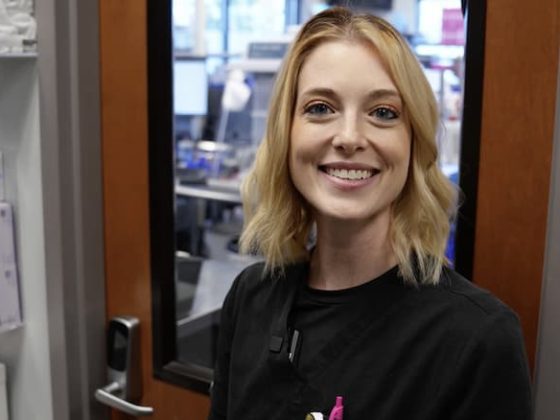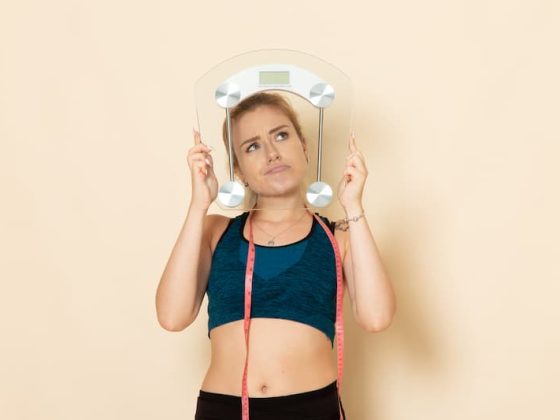Starting GLP-1 medications like Semaglutide or Tirzepatide for weight loss or health management can be transformative. To help you get started confidently, here is everything you need to know about taking your medication safely and effectively.
1. What’s Included in Your Package
When you receive your GLP-1 medication in the mail, it will include everything needed for your weekly injection:
- Medication Vial: This contains your GLP-1 medication.
- Insulin Syringes: Pre-packaged for easy use.
- Alcohol Swabs: To keep things sterile and clean.
- Dosage & Medication Information: Detailed instructions about your dosage, schedule, and when to increase it.
Make sure to refrigerate your medication as soon as you receive it to keep it at the proper temperature.
2. Review Your Dosage and Medication Information
Included in your package is a guide outlining your specific dosage, the schedule you should follow, and when to increase the dose as directed by your doctor. Before preparing your medication, carefully read through this information to understand:
- Your current prescribed dose.
- The correct timing for taking your dose.
- When you may need to increase your dose as part of your treatment plan.
Being informed about your dosing schedule is essential for getting the most benefit from your GLP-1 medication.
3. Preparing for Your Injection Day
On the day you’re scheduled to take your dose, it’s time to prepare your materials and set up your injection.
- Pop the Top Off the Vial: When you’re ready to inject, remove the cap from the top of your vial.
- Sanitize the Vial: Take an alcohol swab and wipe down the rubber stopper on top of the vial. It’s important to do this each time before you inject to minimize any bacteria that may have gathered while your medication was in the refrigerator.
4. Using Your Syringe to Draw the Medication
Your insulin syringes will come with a cap on the bottom that you can remove and discard before using. The injection process will go smoothly if you follow these steps:
- Draw Up Air Equal to Your Dose: Before drawing out the medication, draw air into your syringe equal to your dose. For example, if your dose is 10 units, draw air up to the 10-unit mark. The same principle applies for larger doses: 20, 30, 40, or 50 units.This step creates a vacuum inside the vial, making it easier to draw out the solution.
- Inject the Air Into the Vial: Insert the needle into the top of the vial and inject the air you’ve drawn up.
- Draw the Solution from the Vial: Turn the vial upside down and draw the solution past your dose. This ensures that you have a little extra to work with.
- Check for Air Bubbles: It’s important to make sure your syringe has no air bubbles. If you do notice any bubbles, give the syringe a little flick until they rise to the top. While a small amount of air is generally safe since the injection goes into your subcutaneous layer (not directly into a vein or artery), it’s best to remove any excess.
- Push Medication to the Correct Dose: Once you’re sure there are no air bubbles, push the excess solution back into the vial until you reach the exact dose prescribed by your doctor.
5. Administering the Injection
With your dose ready, it’s time to administer the injection. Here are the best areas to inject and how to do it:
- Injection Sites: The easiest places to inject are the tops of your thighs and the sides of your stomach, about an inch away from your belly button. Choose the area that feels most comfortable for you.
- Pinch and Inject: Pinch the skin and insert the needle at a 90-degree angle. Make sure the entire solution is injected before removing the needle.
- Finish and Dispose: Once the medication is fully injected, remove the needle and safely dispose of the syringe.
That’s it—you’ve successfully completed your injection!
6. Following Your Dosing Schedule
Your starting dose will be a low amount, which allows your body to adjust to the medication. Be patient with this process and do not try to increase your dose on your own. Follow the schedule your doctor has prescribed, and inject your medication only once per week (or as otherwise directed).
7. Need Help? Reach Out Anytime
If you have any questions or concerns about taking your medication, don’t hesitate to reach out to our Patient Services team or consult your doctor.
Quick Tips for Success:
- Set a Weekly Reminder: GLP-1 injections are taken once a week, so set a reminder on your phone or calendar to stay on track.
- Track Your Progress: Keep a journal of how you feel and any changes you notice each week.
- Maintain a Healthy Lifestyle: Pairing your medication with a balanced diet and regular exercise will maximize results.
By following these steps and tips, you’ll safely and effectively integrate GLP-1 medication into your weekly routine, setting yourself up for success on your health journey.






